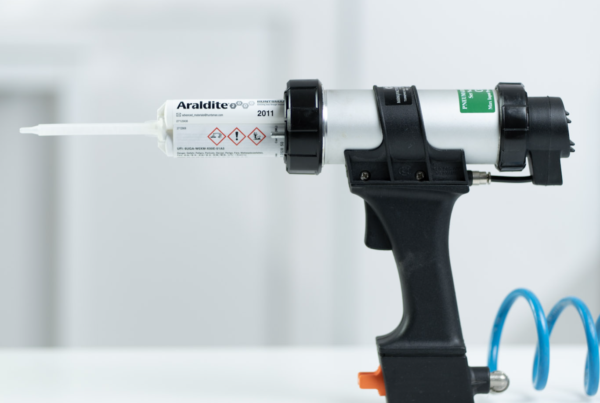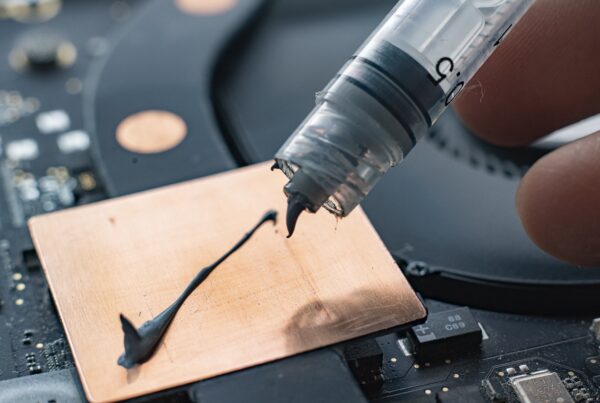The method of applying an adhesive can vary from simple manual mixing and application to fully automated application lines.
Choosing an appropriate application method is critical to successful bonding. The selection process includes factors such as adhesive type, part geometry, production volume, transportability, quality requirements, and economics.
This guide is intended to provide guidance and key information for engineers to identify the most suitable application methods based on their specific needs.
Mascherpa, provides customer support for many of the most common types of equipment and application methods of industrial adhesives.
How to select the appropriate application method
There are two main application techniques for applying reactive adhesives:
The bead/dot application
The roller coating (roller coating).
The application technique is usually chosen according to the size and shape of the areas to be bonded and the geometry of the part.
The criteria to be considered when choosing the adhesive application method are as follows:
- Type of adhesive
- Size of the piece to be glued
- Time required to apply the adhesive
- Cycle time: number of pieces to be glued per hour/day
- Outdoor/indoor application
- Viscosity of the adhesive to be applied
- Investment level
Points for targeted applications
Adhesive dots are applied in single or multiple rows manually from a cartridge or automatic dispensing equipment. This is a very versatile method, as it can be used for many types of adhesive, from low-viscosity products to highly viscous or thixotropic pastes.
This method is suitable for applying adhesives to targeted areas of parts and for three-dimensional shapes.
Robotic application can be combined with automated mixing/dosing equipment to achieve uniform application even on complex shapes.
For most applications, the adhesive can be dispensed directly from a disposable static mixer, which means that there is no need to clean the equipment between applications and that it is only necessary to change the disposable mixer. This application method allows the use of fast-curing adhesives.
Normally, clamping pressure is applied to the bonded parts when they are brought together to distribute the adhesive over the bonding area. However, this can lead to unevenness in the bonding line or air entrapment. If the bonded substrates are thin or flexible, this can cause an uneven surface or “witness lines,” which are visible on the outside of the bonded parts.
BENEFITS
- Possibility of targeted application on complex shapes
- Very little waste
- Quick and easy cleaning of application equipment
- No need for solvent washing
- Equipment can be very mobile
- Suitable for robotic application
DISADVANTAGES
- Difficult precise control of adhesive thickness
- The application pattern of adhesive dots can be seen through thin substrates
- It relies on even pressure to distribute the adhesive
- Slow application method for large and flat surfaces
Roller coating for large areas
Usually associated with low- or medium-viscosity products, a film of adhesive is applied to a substrate using a roller applicator. Small manual roller spreaders are available, but the method often uses automated lines with integrated spreaders.
This type of applicator can also be connected to automated mixing and dosing equipment. The equipment is generally fixed (not portable) and must be flushed and cleaned regularly with solvents, such as at the end of a shift.
Only adhesives with relatively long processing times (slowcure) are normally suitable for this type of implantation.
On flat substrates, a very uniform application of the adhesive can be achieved, with accurate control of the thickness of the bond line. This makes it particularly suitable for bonding large flat panels.
BENEFITS
- Accurate control of adhesive thickness
- Quick application on flat and large surfaces
- Uniform bonding line
DISADVANTAGES
- Only suitable for long open time adhesive systems
- Cleaning equipment is essential-in most cases, washing/cleaning with solvents is required
- Equipment is often not mobile
In the next blog we will look at the various types of mixing machines.





